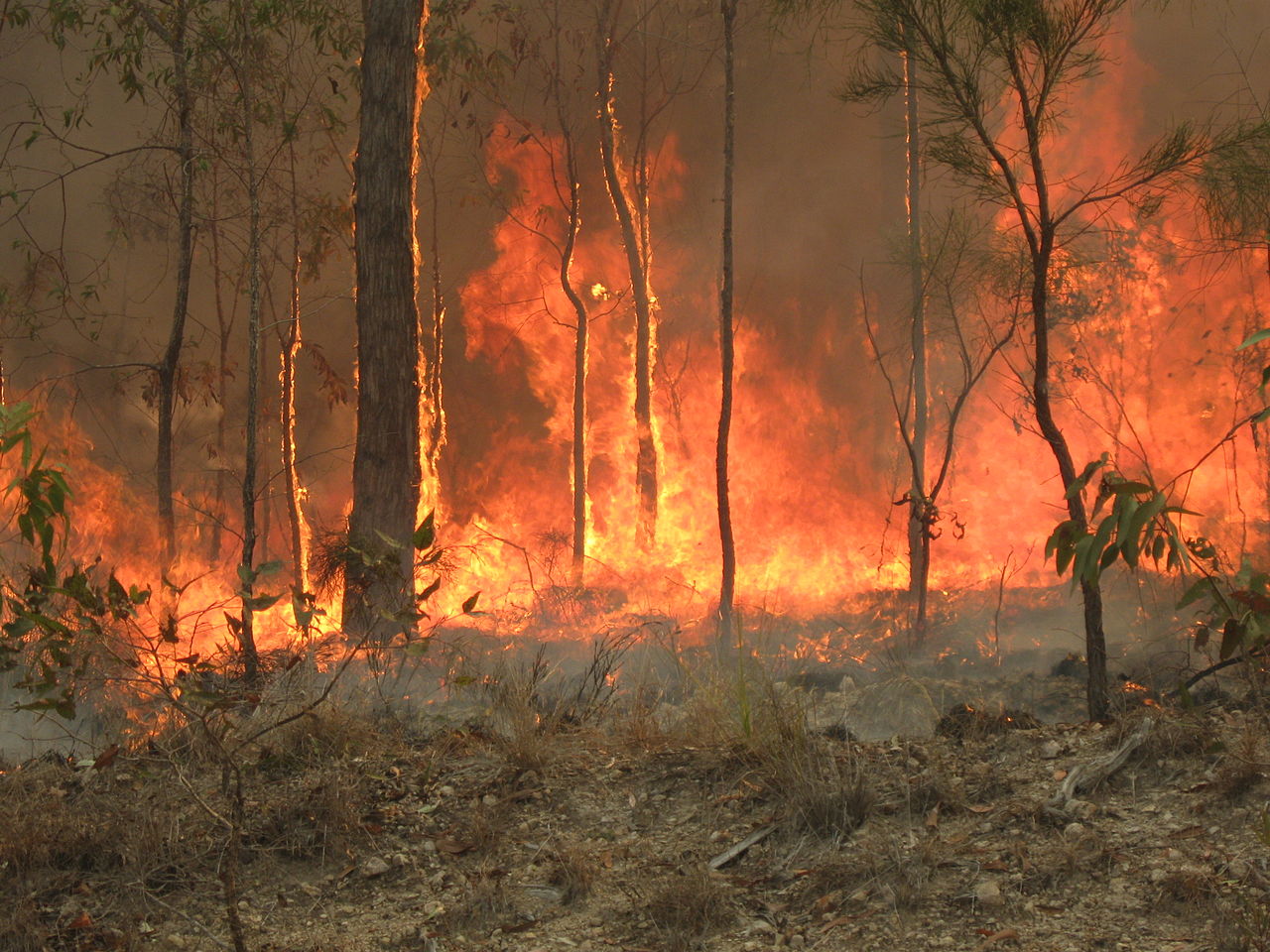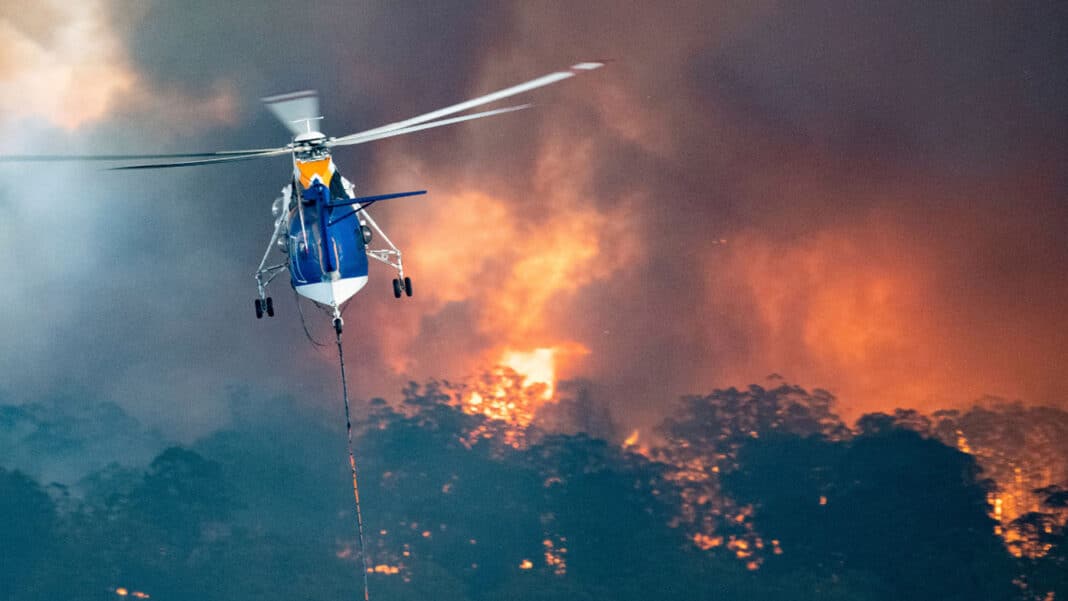Beyond Compliance: Enhancing Home Security with a Thorough BAL Report
Wiki Article
Ideal Practices in Bushfire Monitoring for Comprehensive Fire Security
In the realm of bushfire monitoring, the quest for extensive fire defense requires a meticulous method that incorporates various vital facets. From rigorous risk assessment and strategic preparation to the execution of effective plant life monitoring techniques, the range of finest techniques is detailed and huge. Community involvement and education play essential duties in promoting resilience and readiness, while early discovery and warning systems function as vital safeguards. In addition, the seamless control of emergency situation reaction and emptying plans is necessary for making sure the safety and security and wellness of people despite intensifying bushfire risks. As we browse through the subtleties of these ideal methods, an exploration into the detailed web of approaches and strategies waits for, assuring a deeper understanding of the multifaceted landscape of bushfire monitoring for thorough fire security.Risk Analysis and Planning
In bushfire administration for fire protection, the preliminary step entails conducting a comprehensive threat assessment and establishing a comprehensive plan to minimize potential dangers. Threat assessment is a vital procedure that involves determining, assessing, and evaluating prospective dangers that can lead to a bushfire. This evaluation takes into consideration various elements such as weather condition conditions, topography, fuel load, and human tasks in the area. By recognizing these risks, fire protection authorities can prioritize locations that are most susceptible to bushfires and designate resources efficiently.Adhering to the risk assessment, the following crucial step is to create a thorough strategy to deal with the recognized threats. This strategy should outline strategies for prevention, readiness, response, and recuperation in the occasion of a bushfire. It must likewise include measures for area discharge, interaction, and communication treatments. By having a well-defined strategy in position, emergency solutions can act quickly and efficiently to shield lives, home, and the environment throughout a bushfire break out. Effective danger assessment and preparation are essential parts of bushfire administration for guaranteeing comprehensive fire defense.
Greenery Monitoring Strategies
After performing a complete threat analysis and creating a thorough strategy for bushfire monitoring, the emphasis moves to executing efficient greenery management techniques. Plants administration plays a vital function in decreasing the intensity and spread of bushfires.In addition to creating defensible room, suggested burning is one more essential vegetation management method. Suggested burns entail intentionally setting fires under regulated problems to decrease the build-up of gas, reduce the possibility of high-intensity wildfires, and promote ecological community wellness. By tactically burning locations with excess plants, fuel degrees are minimized, making it harder for fires to spread swiftly and frantically.

Community Involvement and Education And Learning
Effective neighborhood involvement and education and learning are necessary parts in developing a proactive and resilient approach to bushfire monitoring. By entailing neighborhood members in the planning and execution of bushfire monitoring methods, stakeholders end up being active participants in safeguarding their areas and homes. Neighborhood engagement cultivates a feeling of shared duty and encourages citizens to take ownership of their safety.Education and learning plays a critical function in outfitting individuals with the knowledge and abilities needed to minimize bushfire dangers efficiently. Providing instructional resources on fire avoidance, evacuation treatments, and the significance of very early discovery can substantially enhance area preparedness. In addition, informing locals on the neighborhood bushfire atmosphere, including fire habits and risk aspects, enables them to make educated choices throughout high-risk scenarios.
Via continuous involvement and education efforts, areas can develop a cumulative understanding of bushfire hazards and work BMP collaboratively to lessen the influence of wildfires. By fostering a society of preparedness and durability, area members can improve their capacity to respond efficiently to bushfire emergency situations and protect both lives and property.

Very Early Detection and Warning Systems
Area interaction and education offer as foundational columns in establishing proactive bushfire monitoring practices, preparing for the execution of robust very early detection and caution systems. Early detection and caution systems are vital components in mitigating the effect of bushfires on communities and the setting. These systems encompass a variety of technologies and approaches aimed at recognizing and notifying authorities and homeowners to potential fire break outs swiftly and effectively.One crucial element of very early discovery systems is using innovative tracking modern technologies such as satellite imagery, drones, and weather condition terminals to spot indicators of prospective fire ignition. These modern technologies provide real-time information that can be analyzed to determine fire-prone locations and trigger early cautions. In addition, the integration of community-based tracking networks and automated sharp systems can enhance the efficiency of very early detection efforts by entailing residents in reporting potential fire dangers and obtaining prompt warnings.
Efficient very early detection and caution systems depend on a multi-faceted approach that combines technological development, neighborhood participation, and speedy emergency situation feedback protocols to guarantee the timely and collaborated administration of bushfire occurrences. By buying these systems and fostering cooperation in between stakeholders, areas can boost their strength to bushfires and decrease the associated risks.
Emergency Reaction and Evacuation Plans
A well-coordinated and thorough emergency situation reaction and discharge plan is essential for successfully guarding lives and property during bushfire events. These plans need to be thoroughly crafted, considering factors such as the topography of the location, the density of vegetation, and the potential speed and direction of the fire's spread.One vital element of an emergency reaction plan is the facility of clear interaction networks to disseminate precise and prompt information to homeowners and emergency -responders. This can include making use of sirens, mobile signals, social media sites, and community conferences to guarantee that every person is informed and understands what activities to take.
Discharge courses must be pre-identified and on a regular basis maintained to guarantee they come throughout emergency situations. Furthermore, marked evacuation centers need to be established to supply sanctuary, medical help, and assistance services to evacuees.
Routine drills and workouts are vital to familiarize citizens with evacuation procedures and check the performance of the plan. By constantly assessing and upgrading emergency situation feedback and evacuation plans, neighborhoods can boost their preparedness and resilience when faced with bushfire hazards.
Conclusion
To conclude, efficient bushfire administration calls for a thorough approach that includes risk evaluation, plants administration, area involvement, very early discovery systems, and emergency situation response plans. By carrying out these ideal techniques, areas can much better protect themselves from the destructive influences of bushfires - BAL Assessment. It is necessary to prioritize proactive steps to reduce the dangers positioned by bushfires and guarantee the safety and wellness of individuals and neighborhoods in jeopardyAfter carrying out a thorough threat analysis and creating a comprehensive strategy for bushfire administration, the focus changes to applying reliable plants administration strategies.Reliable area interaction and education are important components in constructing a durable and proactive method to bushfire monitoring. By entailing area members in the preparation and implementation of bushfire management approaches, stakeholders become energetic participants in safeguarding their homes and areas.Area interaction and education offer as foundational columns in establishing positive bushfire management techniques, laying the groundwork for the application of robust very early discovery and warning systems.In verdict, efficient bushfire monitoring requires a thorough method that consists of risk analysis, vegetation administration, community interaction, very early detection systems, and emergency feedback plans.
Report this wiki page